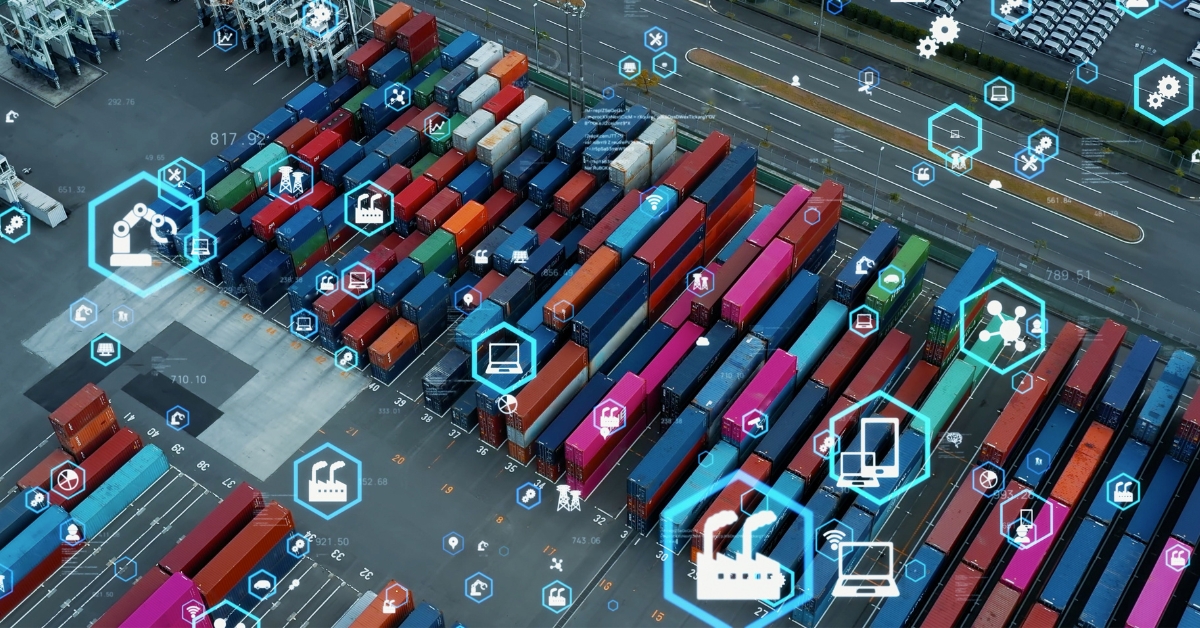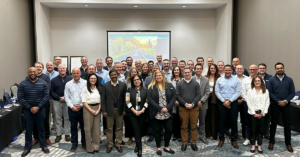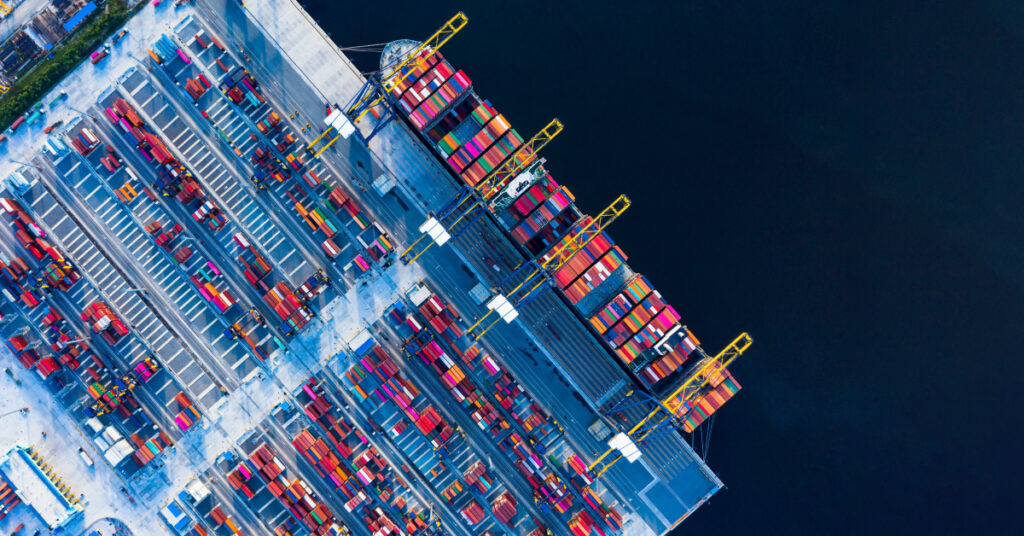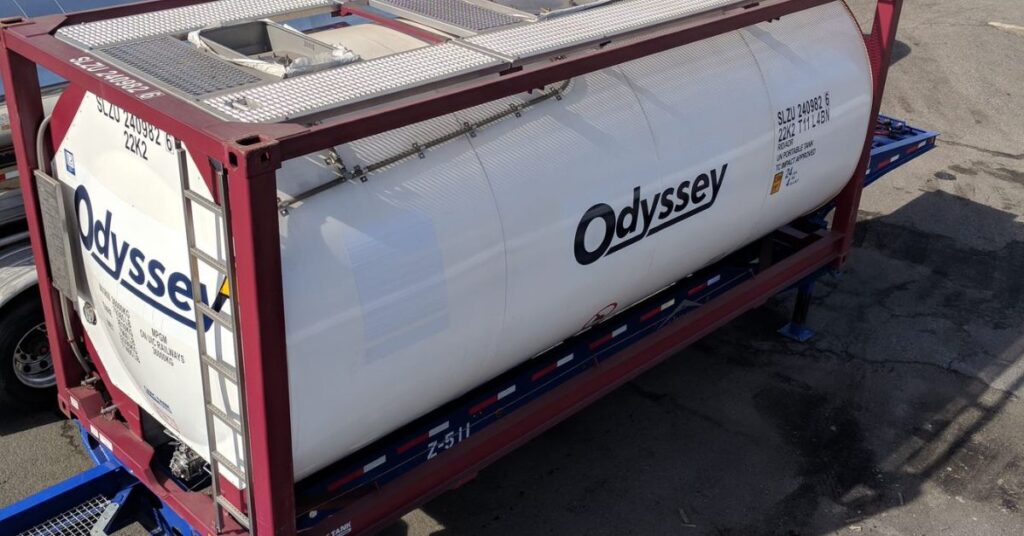Here are four ideas that will help logistics pros determine which solutions are ideal for their company.
The pandemic tested the resilience of global supply chains — often right up to their breaking point. It was a hard time for the industry. But the pressures also forced creativity and evolution, pushing many professionals beyond complacency into a constructive state of crisis. Naturally, many of us turned to digital technology as a driving force during this time. And, anticipating this turn, the market flooded with a plethora of digital solutions that sought to either automate or optimize the labyrinthine processes that lie at the heart of our business.
This influx of solutions has left many professionals reeling. How do we know which of these solutions is indispensable? How do we choose between competitors? How do we build solutions that can scale effectively to support growth?
Here are four ideas that will help logistics pros navigate these questions more effectively.
No More Monolithic Tech Stacks
Industry players need tech stacks that support and enhance the uniqueness of their business and build on their competitive advantage. In a post-pandemic landscape, the ability to think on your feet and stay nimble may be the key differentiator for a thriving logistics business. Technology is supposed to improve efficiency, not constrain it. While there are certainly business opportunities that benefit from a company-wide packaged solution through harmonization of processes, there are several instances where technology solutions need to be tailored to fit business needs. Achieving the balance between standardizing and allowing for freedom to innovate is going to be a key challenge for any business in this space.
If choosing an array of best of breed solutions sounds clunkier than just going with one, be assured that this investment of time on the front-end is going to streamline the actual work. The systems need to be integrated and data needs to be governed for consistency. Once the stack is up and running, managing it should never be a significant task. New developments in both artificial intelligence (AI) and API technologies have made integrating different data streams and processes easier than ever before. Most transportation management systems, for example, represent a collection of APIs that consolidate data and functions from a number of streams in a single place. This allows companies to enjoy the efficiency of a custom fit without having to worry about maintenance of their stack taking over their life.
Embrace AI
The hype around AI is real, and it’s going to transform logistics. The nature of that transformation will depend on how businesses adapt to AI. Those that adopt it sensibly will skyrocket their productivity, while those who err on the side of caution may lose a decisive competitive edge.
It’s important to remember that at this stage in its development, AI is fundamentally about data — and our industry generates reams and reams of data from the innumerable complex processes that make up our work. Much of this data goes unexamined because there’s simply too much of it for our current systems to digest and convert into insight or analysis, and certainly too much for any human to use meaningfully.
As an example, consider trucking lifecycles. Or imagine asking AI to do so. Trained on large pools of data, AI could be aware of the location of all the trucks in each fleet, optimizing for route, storage capacity, and hundreds of other variables that affect a company’s bottom line. It could also use historical data to forecast the most efficient way to plan a fleet’s deployment, freeing up excess capacity and ensuring that high-demand areas are served effectively. Of course, trucking is not exactly a stranger to using digital tech to improve efficiency. But AI has the unique ability to absorb and respond meaningfully to mountains of data, and to do so extremely quickly.
Continue reading Odyssey’s Maneet Singh’s “Navigating Digital Transformation of the Supply Chain” Supply & Demand Chain Executive article here.









